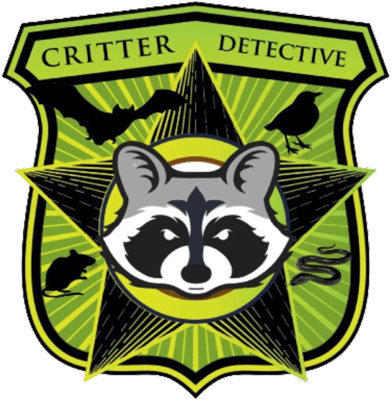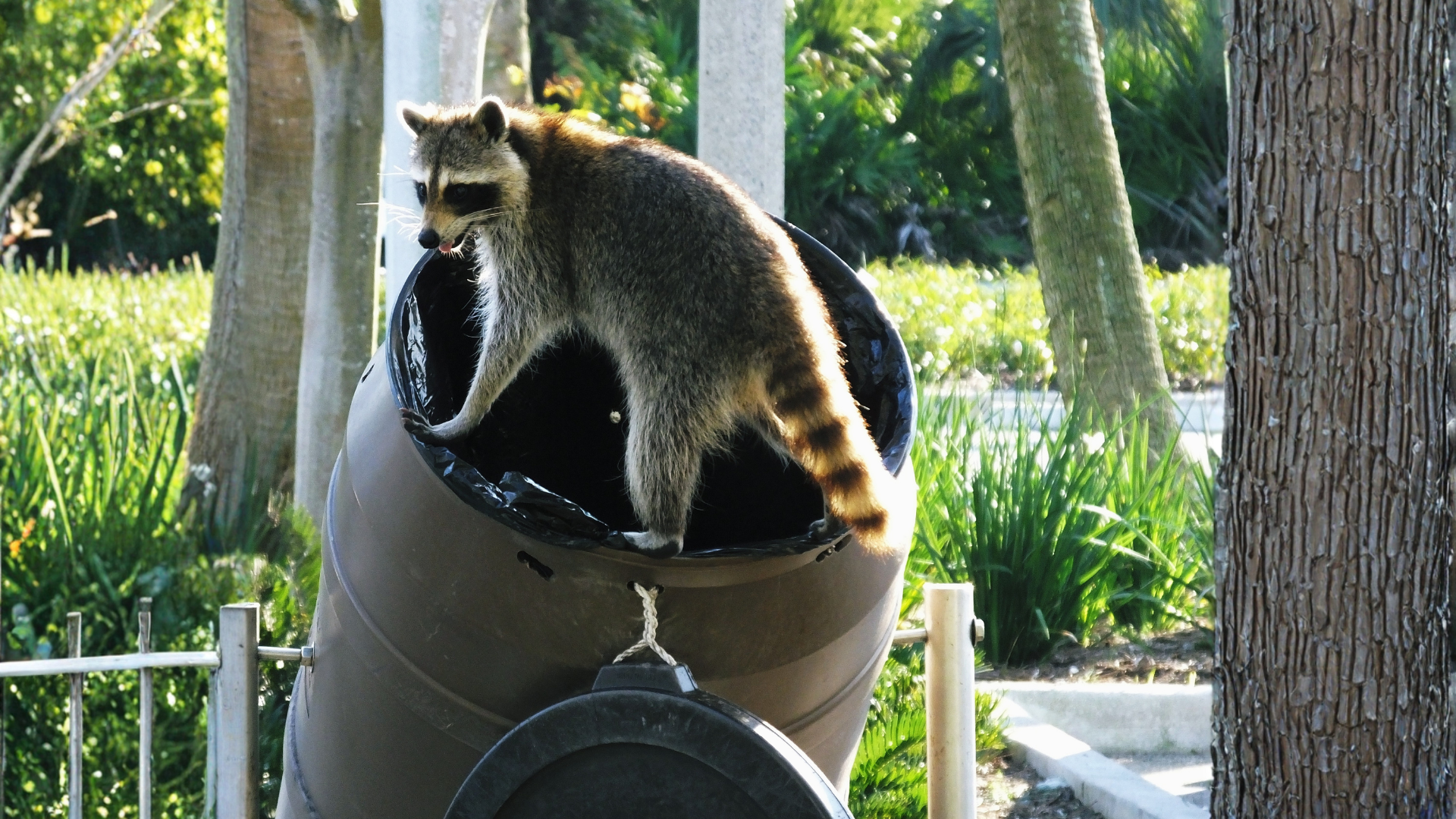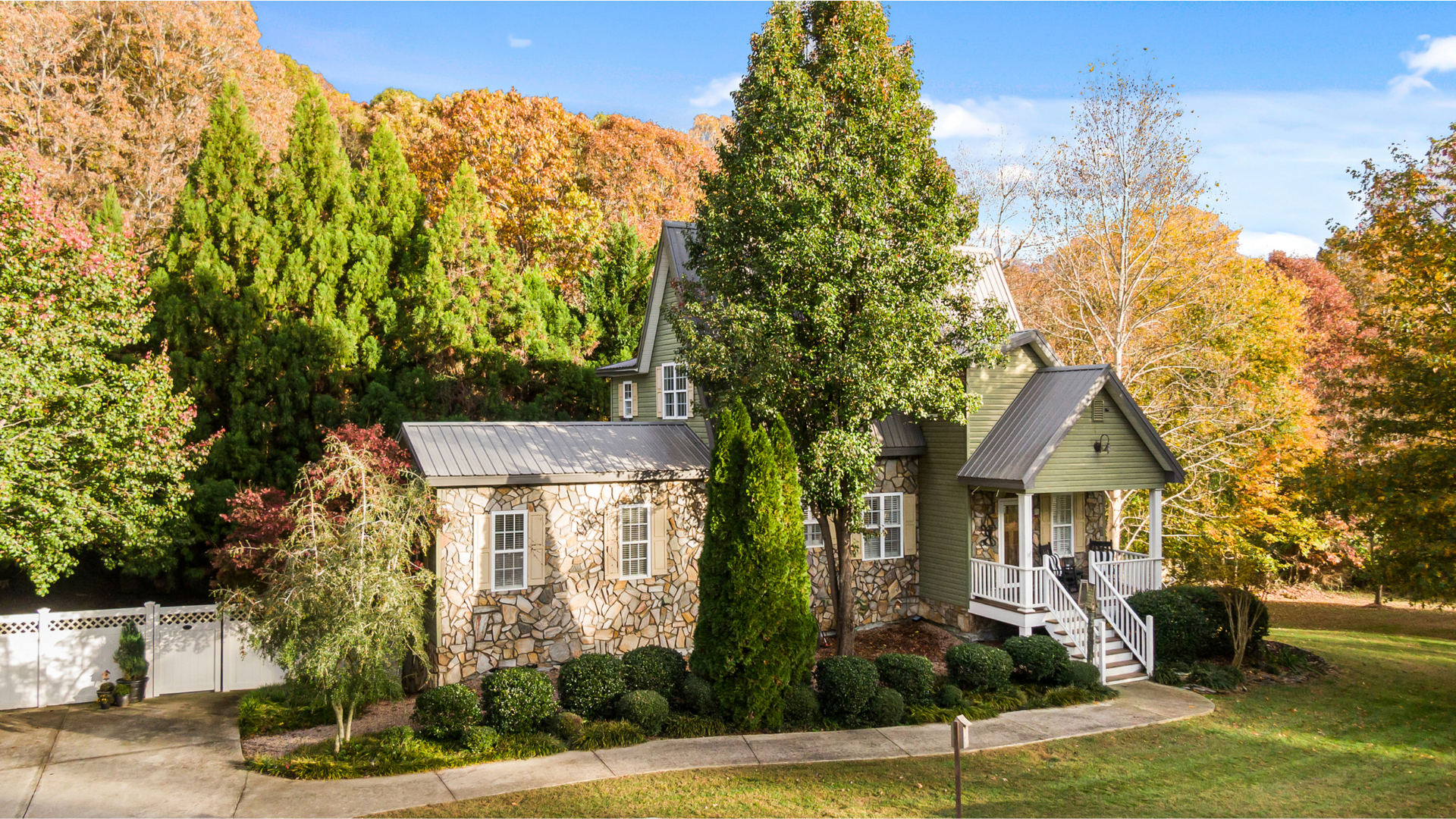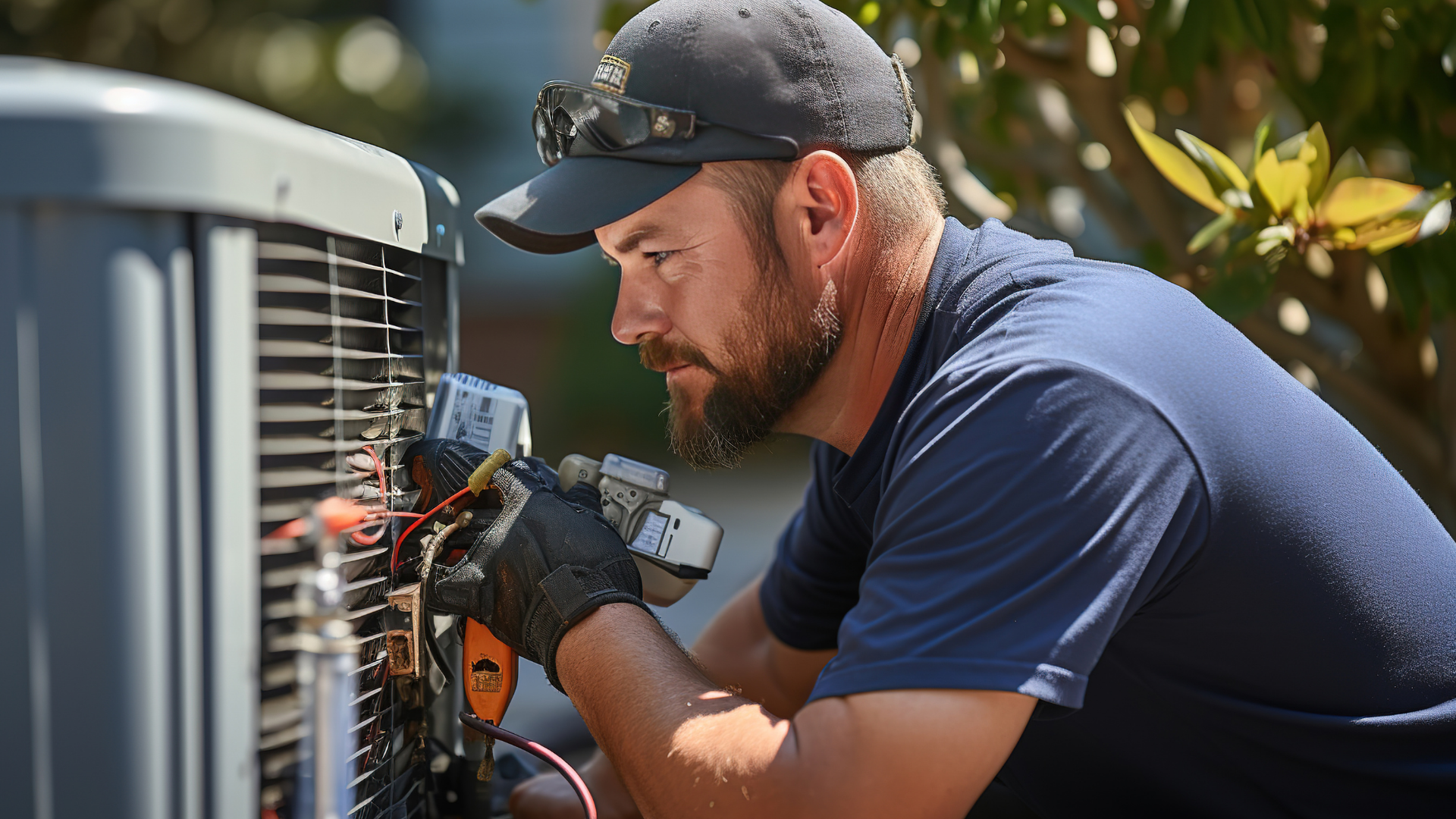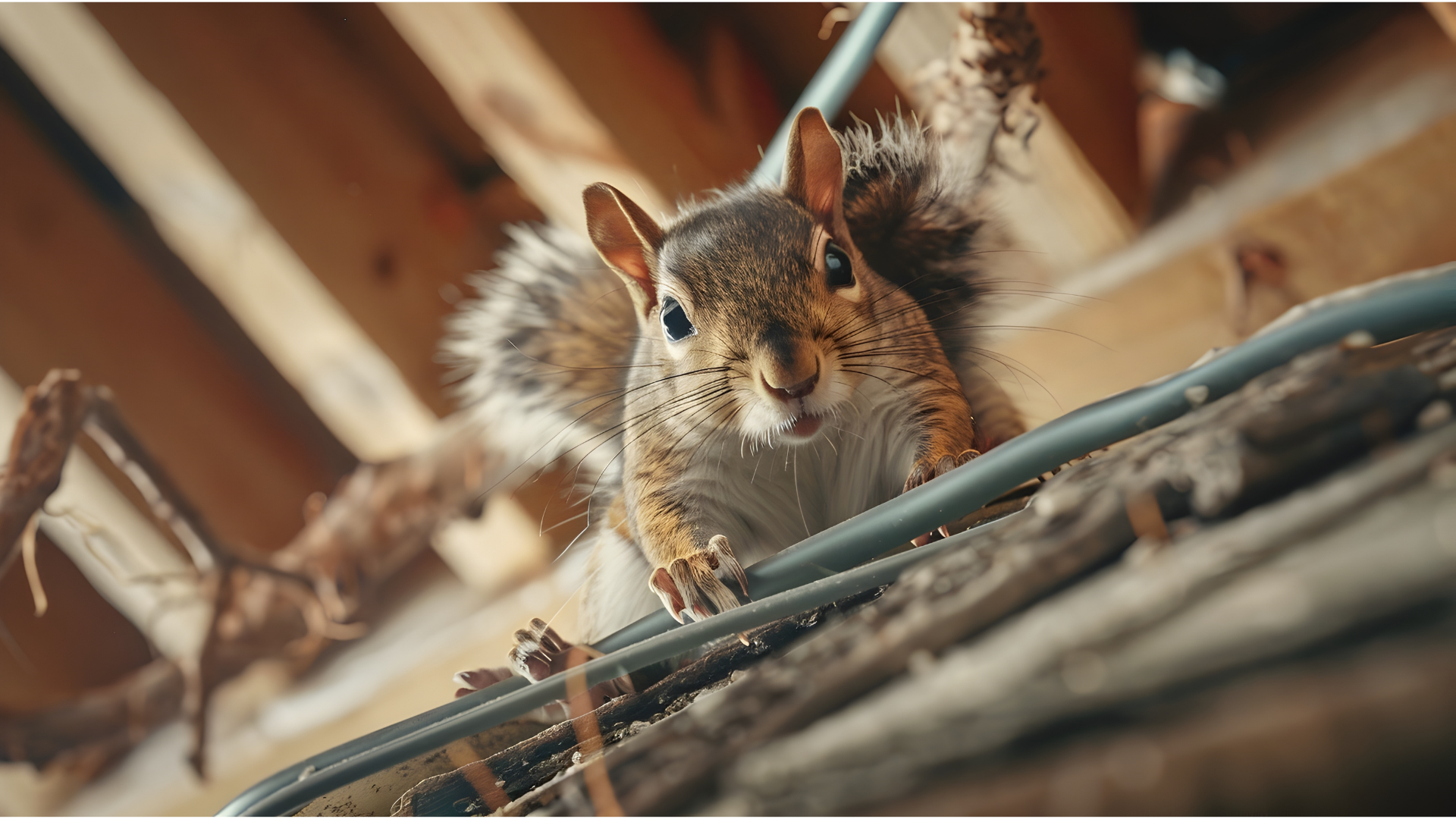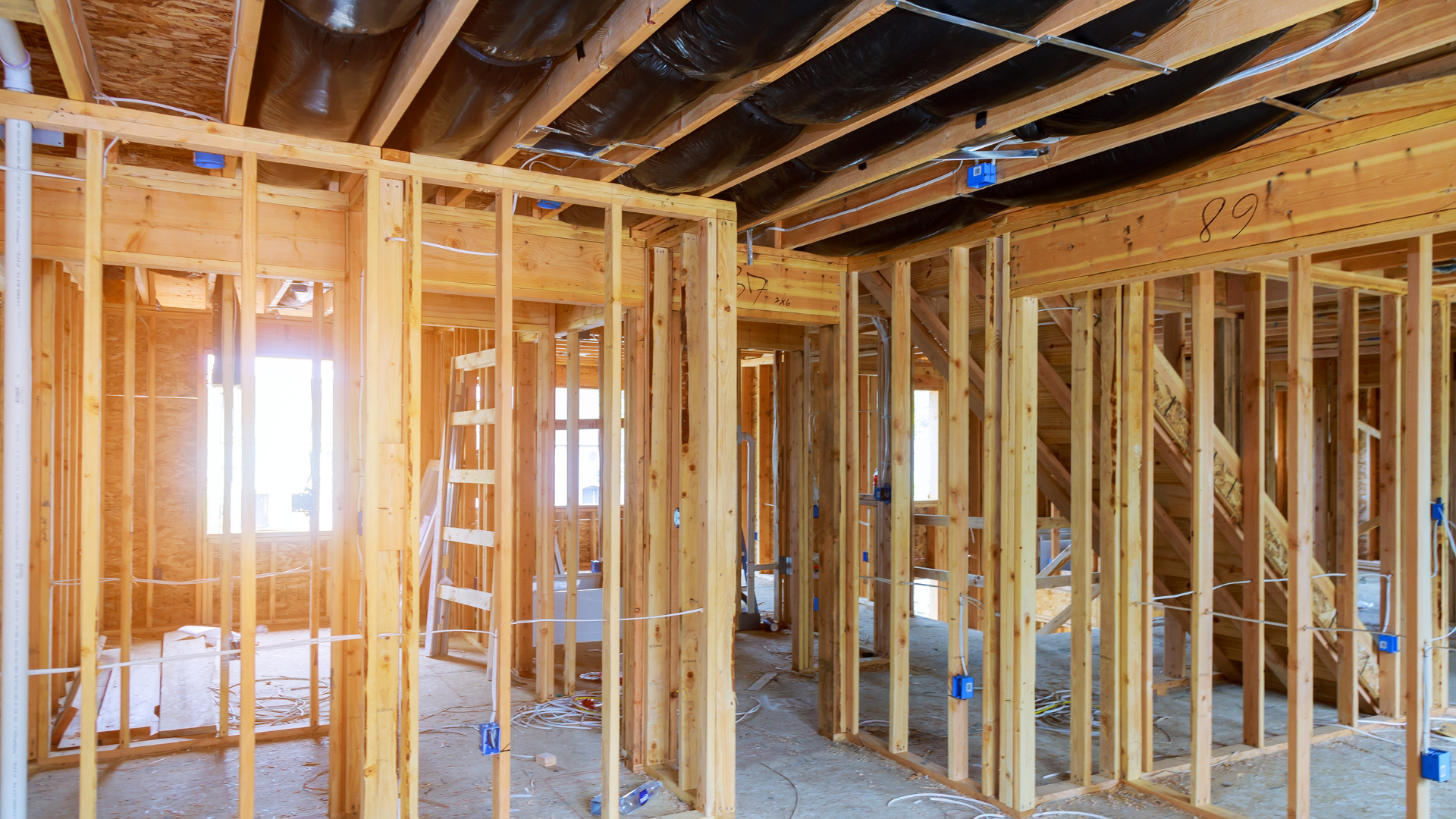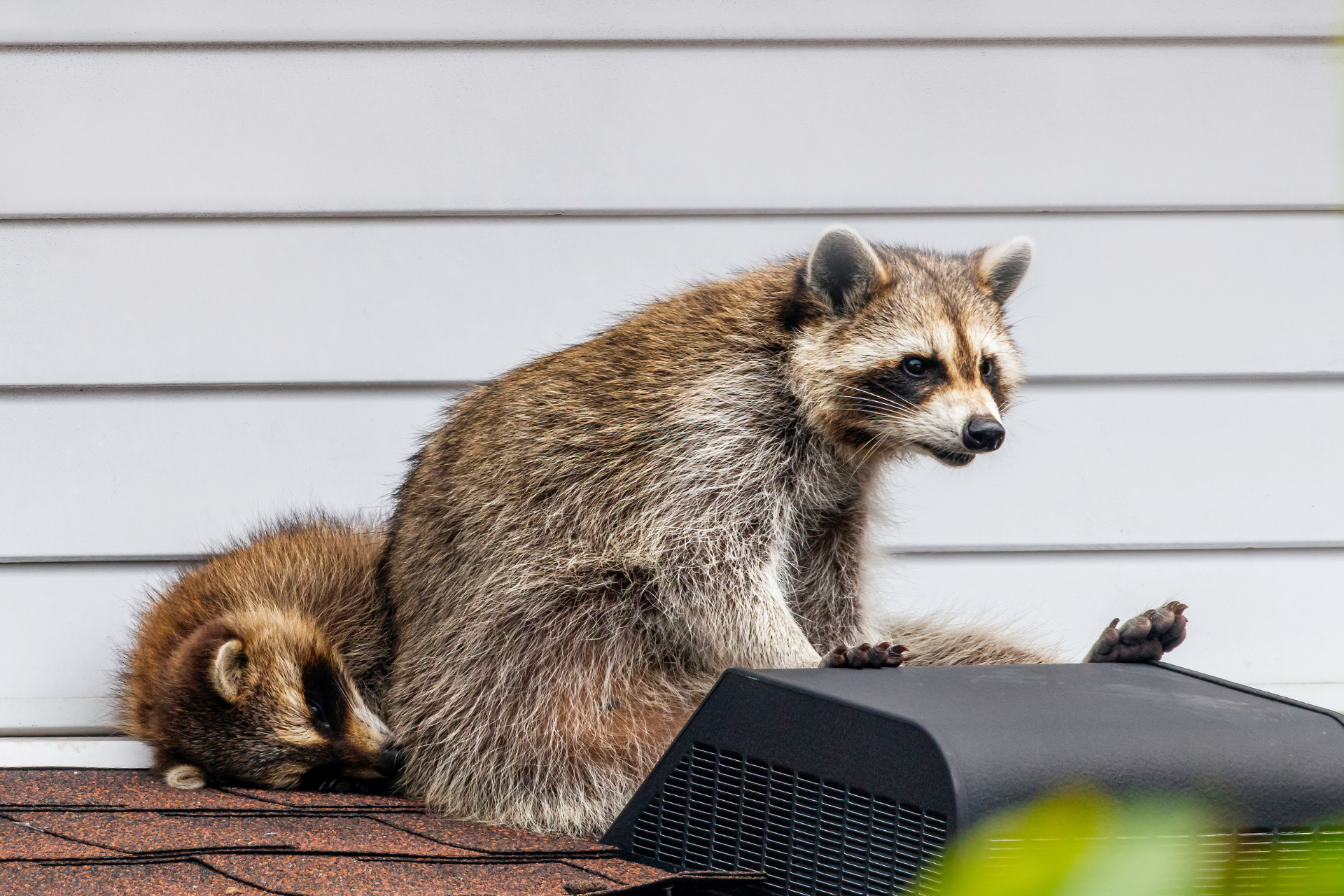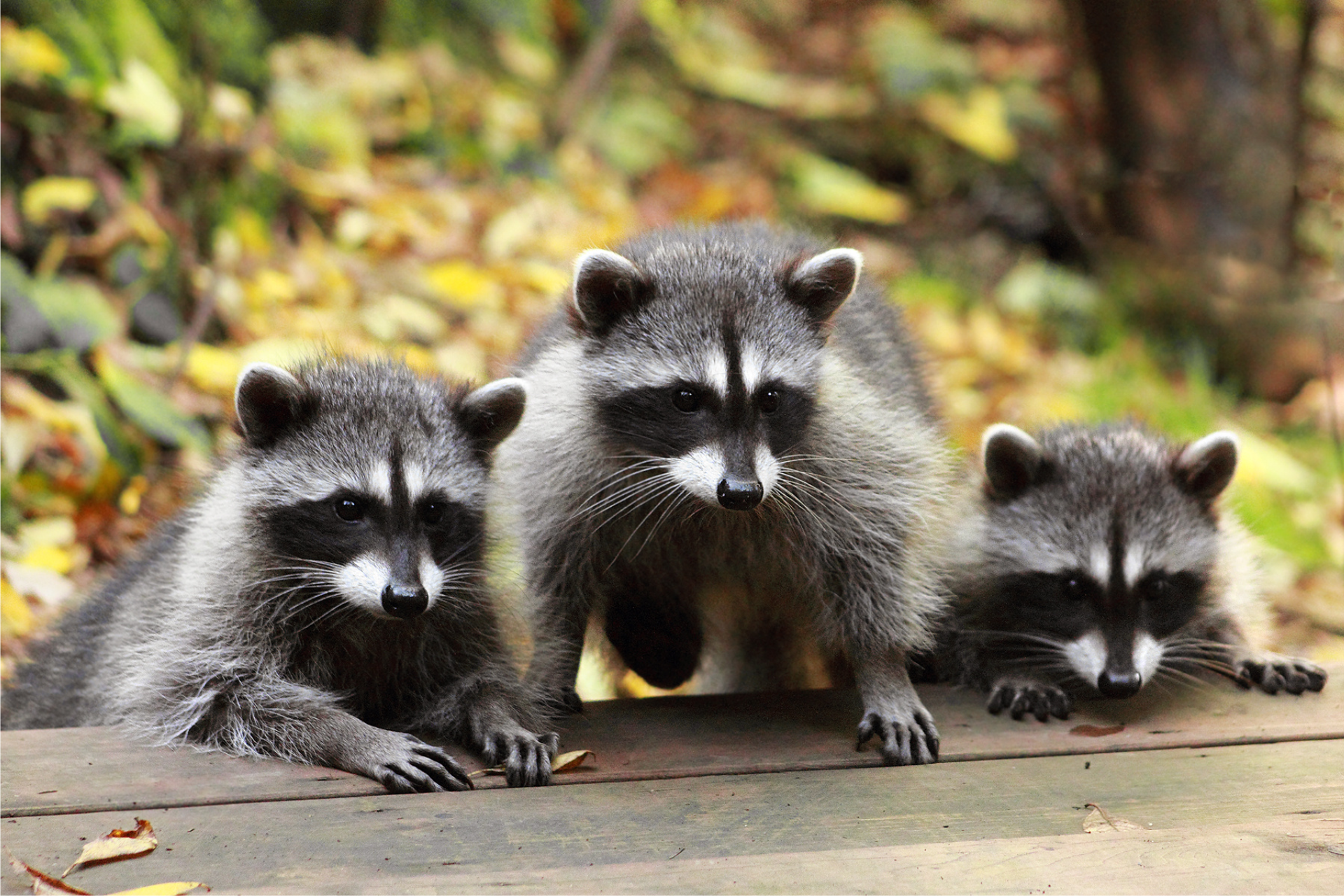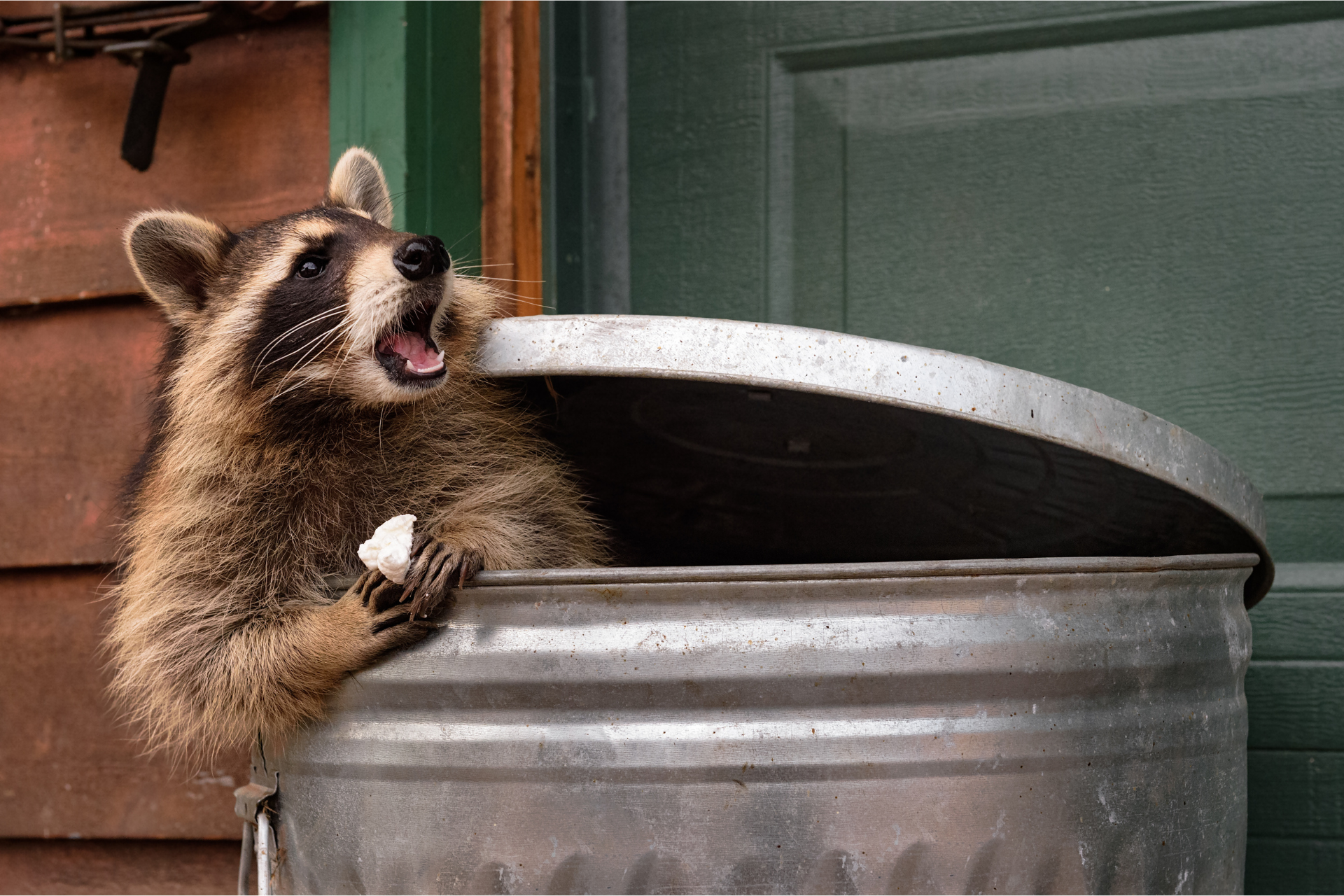What Happens After Wildlife Has Been Removed
Post-Removal Decontamination And Repairs
When wild animals make their way into a home or building, they rarely leave things the same way they found them. While the removal of wildlife is often seen as the end of the problem, it’s only the first step in a much bigger process. Animals such as raccoons, squirrels, or bats can cause extensive damage to attics, basements, and walls long before they’re ever noticed. From shredded insulation and chewed wires to contaminated surfaces, these hidden issues remain behind even after the last animal is gone. It’s the kind of precarious situation where the damage is often far more severe than what can be seen at first glance.
The presence of animals brings with it more than just a few scratch marks or piles of droppings. Urine and feces can seep into porous materials like wood or drywall, creating lingering odors that are nearly impossible to mask. Over time, this contamination can also compromise the air quality in a home, spreading harmful bacteria or spores and potentially causing serious medical issues if left unchecked. The longer animals remain, the more likely it is that their presence has left a chain reaction of problems, and these problems won’t resolve themselves simply because the animals are no longer there. In fact, the removal process is just the start of restoring the home to a condition that feels healthy and comfortable again.
Why Damage Repair And Cleaning Are Essential
After the problem wildlife has been removed, one of the most urgent tasks is addressing the physical damage that’s been left behind. Animals have a knack for tearing through insulation as they search for nesting materials. They’ll gnaw on structural wood or wiring, which not only creates safety hazards but also increases the risk of electrical issues or fires down the line. What may look like a minor problem—just a bit of nesting material or a few chewed spots—can actually signal deeper damage within walls or ceilings. Ignoring these warning signs often leads to bigger headaches in the future.
Cleaning up contamination is just as critical as repairing physical damage. Animal droppings and urine aren’t just unpleasant; they can harbor harmful microorganisms that linger long after the animals have left. Even a small amount of dried waste can release particles into the air, and these bits of animal waste can be inhaled without realizing it. Professional cleaning goes beyond surface scrubbing, reaching those hidden areas where bacteria or pathogens can remain undisturbed. Without proper decontamination, the risk of reintroducing wildlife increases as well, since the lingering scents can attract new animals searching for a place to nest or an easy meal.
Another challenge lies in identifying every affected area. Contamination can extend far beyond the initial spot where animals were seen. Insulation often absorbs odor and waste like a sponge, and ductwork can become a pathway for spreading debris and odors throughout the home. Replacing soiled materials is often the only way to truly eliminate the problem. Skipping this step or relying on superficial cleaning methods can allow unpleasant smells and health risks to linger, creating a home environment that feels uncomfortable for months to come.
The Importance Of Sealing And Preventing Re-Entry
Once the cleanup and repairs are underway, preventing animals from returning becomes the next major step. If the original entry points are left unsealed, there’s nothing stopping another round of wildlife from finding its way in. Animals are persistent and tend to revisit locations that previously offered shelter or food. Even a small gap around a vent or roofline can serve as an open invitation.
A thorough inspection often reveals more vulnerabilities than a homeowner might expect. Loose shingles, cracked siding, damaged soffits, or gaps in the foundation are all potential entryways. Professional sealing involves more than just patching holes—it’s about understanding how different animals behave and the lengths they’ll go to when seeking entry. A raccoon, for instance, can tear through weak wood, while rodents can fit through gaps no wider than a coin. Addressing these vulnerabilities ensures that the hard work of cleaning and repair won’t go to waste.
Preventative measures also include reinforcing certain areas that are prone to repeat invasions. Chimney caps, mesh screening over vents, and trimming overhanging tree branches can make a home less appealing to wildlife. These extra steps, though often overlooked, can be the difference between a one-time removal and a cycle of recurring infestations.
Restoring Comfort And Peace Of Mind
After all the disruption that wildlife can cause, the goal is to bring a home back to the condition it was in before the intrusion—sometimes even better. Beyond the visible repairs, restoring a sense of comfort is just as important. The unsettling feeling of having animals in the attic or walls can linger, especially if there’s concern about lingering odors or hidden damage. Comprehensive restoration, which combines professional cleanup, odor neutralization, and preventative measures, offers reassurance that the problem has been fully handled.
This process isn’t something to rush through. Each step, from damage assessment to sealing off access points, plays a role in preventing a repeat scenario. Taking the time to ensure everything is restored properly saves homeowners from dealing with recurring issues, which can be both stressful and costly.
Even though removing the animals is a big step, it’s what comes afterward that truly restores a home’s condition. At Critter Detective, we go beyond simply removing wildlife. Our team focuses on addressing the damage, eliminating contamination, and ensuring that no other animals can find their way back in. We understand how unsettling these situations can be, and we’re here to guide homeowners through every step of the process until the space feels normal again.
If wildlife has been removed from your home and you’re unsure what to do next,
contact us today. We can inspect the property, handle the cleanup, and secure the area to prevent future invasions. Let us help bring your home back to the way it should be—comfortable, clean, and fully protected.
